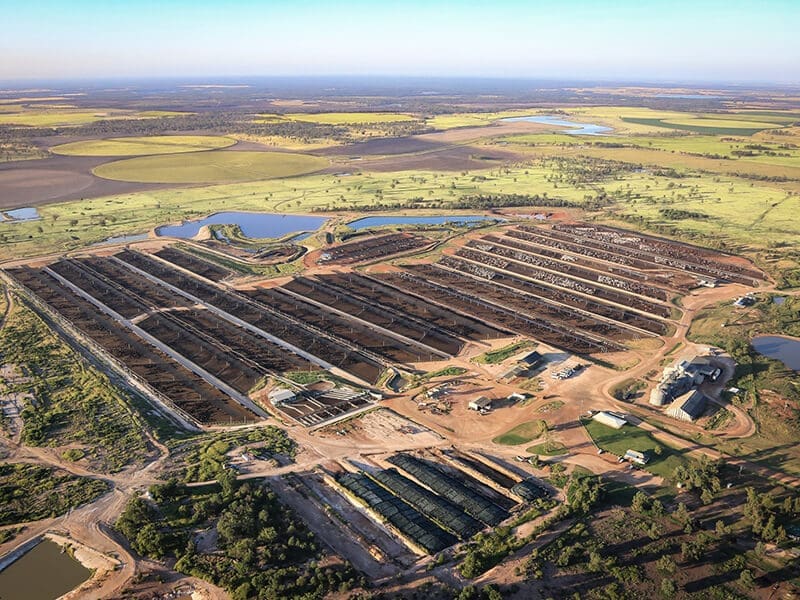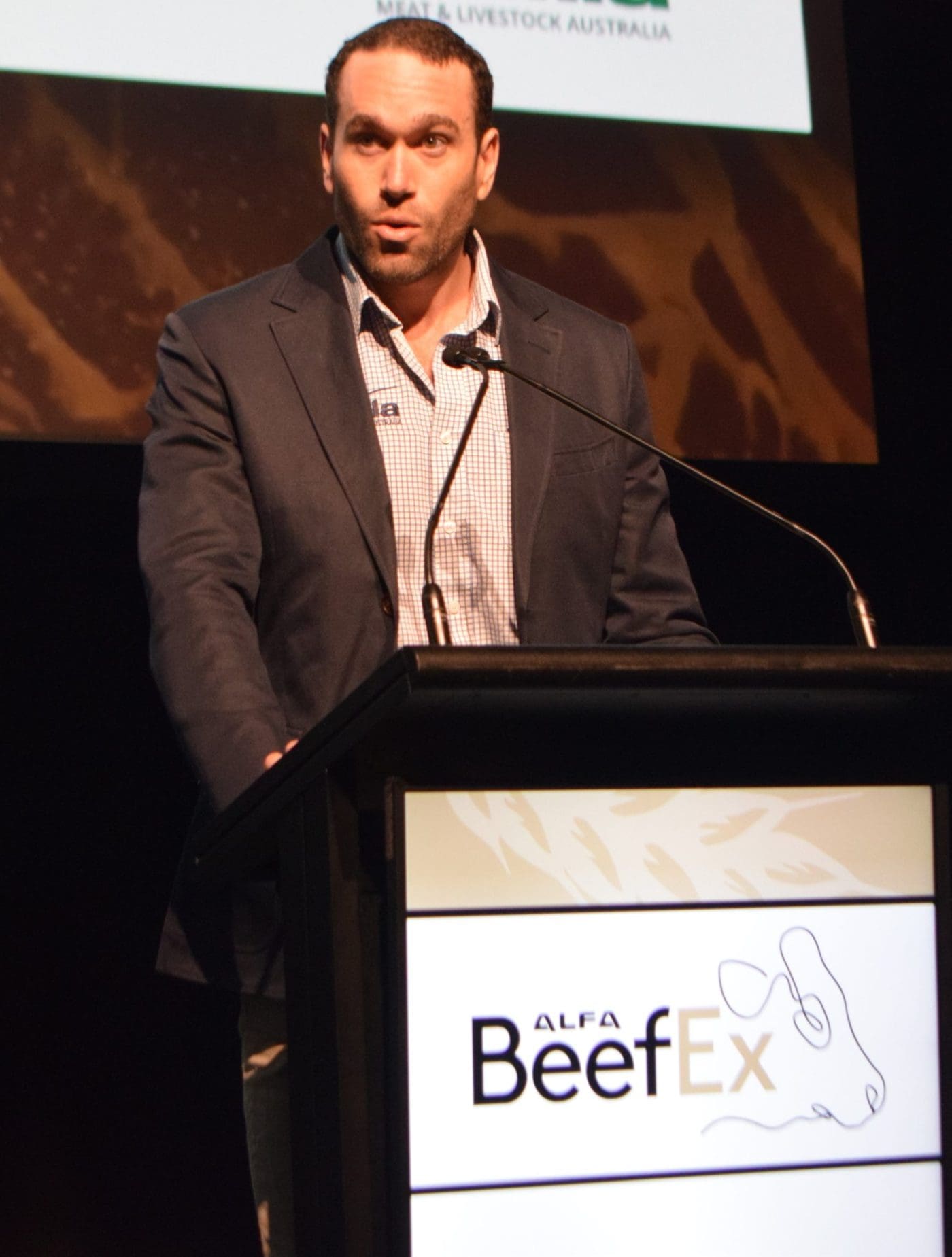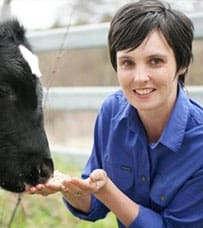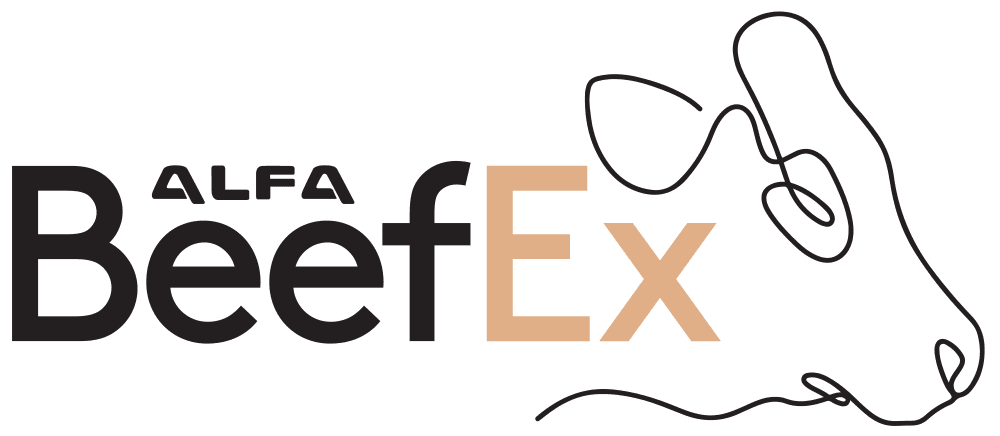AUSTRALIAN feedlot emissions are likely to be 43 percent less than what is stated in the official Government greenhouse gas inventory, according to research presented to this week’s BeefEx conference in Brisbane.
The Meat & Livestock Australia/University of New England research has been in the works for most of the past decade.
A submission is now being lodged with the Federal Government to have the official feedlot methane predictions changed in the National Greenhouse Gas Inventory (NGGI).
MLA feedlot program manager Dr Matt Van der Saag said the journey towards getting more accurate ways of measuring feedlot emissions started with a project by the University of Melbourne measuring multiple gases in 2006.
“We started to see that the models that were predicting greenhouses gases weren’t matching up with what we were observing,” Dr Van der Saag said.
“That held true for methane emissions, ammonia, we saw a decrease in nitrous oxide and about the expected level of CO2.”
Drawing on comments made when the earlier research was released, Dr Van der Saag said accurately measuring emissions was increasingly important for the industry.
“People use these numbers to make judgements about our industry and the industry uses these numbers to target the best areas to reduce emissions going forward,” he said.
“Having the truth is what we are really seeking.”
Dr Van der Saag said with multiple studies in Australian feedlots indicating that the NGGI was overstating feedlot emissions, MLA looked at literature oversees to find a more fitting equation. In the end it funded a study by UNE scientists to come up with a new equation that better reflects Australian feedlot diets.
Current methodology based on US dairy cattle in the 1970s
The current methodology used to predict Australian feedlot emissions is known as Moe & Tyrell, which is based off a study of United States dairy cattle in the late 1970s.
UNE professor Fran Cowley said the Moe & Tyrell methodology predicts methane emissions based on the content of diet formulations.
“US dairies tend to be a total mixed ration-based, heavy corn content, but still quite different to a modern white grain-based Australian feedlot ration – and the cattle have a very different phenotype,” Prof Cowley said.
“The reason why this method was originally chosen was because in a feedlot, we know the composition of our ration and formulation and having a tailored equation like this would allow a feedlot to plug in their inputs and come to a tailored number – so there is a good idea behind it.”
The Australian Government then applies an average diet to put into the Moe & Tyrell equation and comes up with a number to report to the Intergovernmental Panel on Climate Change.
Prof Cowley said the main issue with the Moe & Tyrell methodology was that the inputs were not relevant to Australian feedlot diets.
The UNE team then started to analyse the emissions from cattle on a range of diets in its emissions chamber facility – which Prof Cowley said was considered the gold standard of measuring emissions.
The team then came up with a long list of inputs and started testing if they had an impact on methane output. In the end they came up with three factors that were having the most influence on methane output – being dry matter intake, fat content and neutral detergent fibre (NDF).
A new equation was built to come up with a more tailored figure for Australian feedlot emissions, before comparing it to the Moe & Tyrell results in the NGGI – finding it was likely to be overestimating feedlot emissions by 43pc.
The work has been submitted to the Federal Department of Climate Change, Energy, the Environment and Water for approval. If it is successful the work will then need to submitted to the IPCC for international approval.





HAVE YOUR SAY